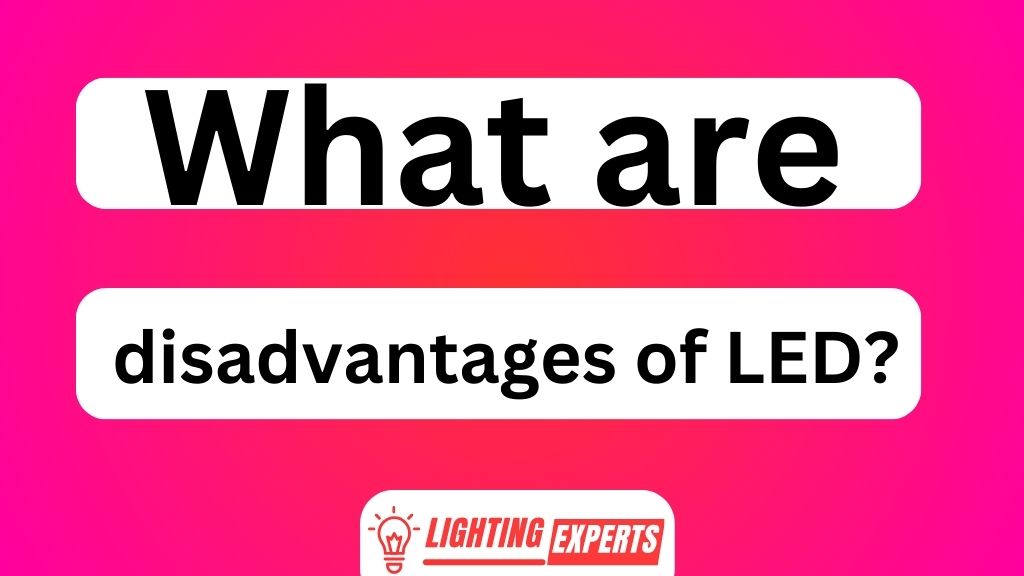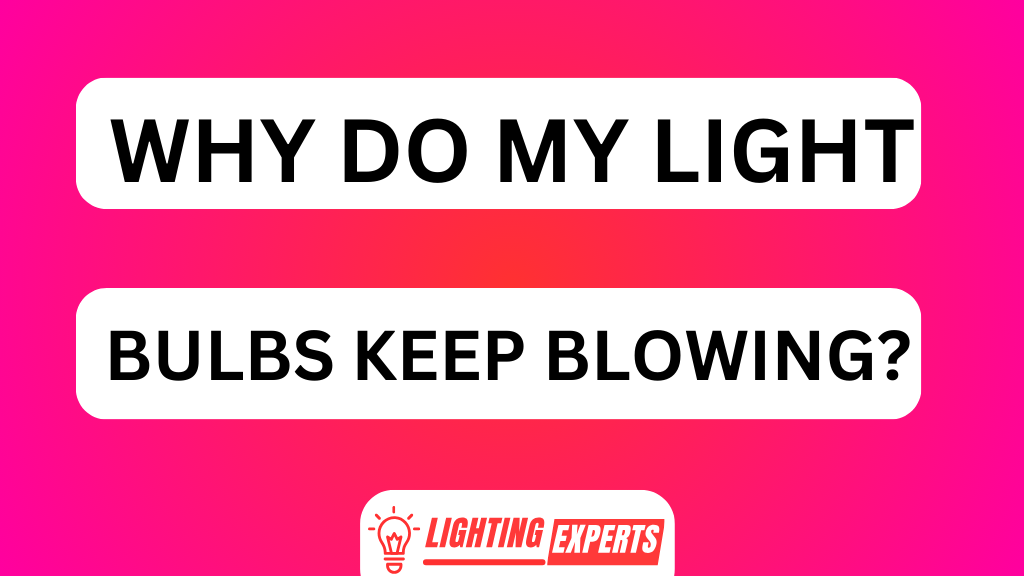In the realm of lighting technology, Light Emitting Diodes (LEDs) have emerged as a prominent alternative to traditional incandescent and fluorescent bulbs.
While their numerous advantages are widely acknowledged and celebrated, it is essential to delve into the inherent drawbacks associated with this technology.
This article aims to provide an objective analysis of the disadvantages of LEDs, shedding light on issues such as high initial cost, limited color options, heat production, sensitivity to voltage fluctuations, environmental concerns, and limited dimming capabilities.
Through a technical and analytical lens, readers will gain a comprehensive understanding of the limitations posed by LED lighting systems.
Key Takeaways What Are Disadvantages of LED
- LED lighting has a higher initial cost compared to other lighting technologies.
- LED lights have limited color options due to the specific characteristics of the technology.
- LEDs produce light through electroluminescence but still generate heat, requiring efficient thermal management systems.
- LEDs are highly sensitive to changes in voltage and require appropriate voltage regulation mechanisms for optimal functioning.
High Initial Cost
One drawback of LED lighting is its high initial cost when compared to other types of lighting technologies. LEDs, or Light Emitting Diodes, are known for their energy efficiency and long lifespan. However, the upfront expense associated with purchasing LED lights can be a barrier for some consumers.

This higher cost is primarily due to the advanced technology used in producing LED lights. LEDs require specialized components such as semiconductors and heat sinks that contribute to their energy-saving capabilities and extended lifespan. Additionally, the manufacturing process for LEDs involves precise fabrication techniques, further driving up production costs.
Despite this initial investment, it is important to note that LED lighting typically offers significant energy savings over time and requires less frequent replacements due to its longer lifespan.
Limited Color Options
The limited color options of LED lights can be attributed to the specific characteristics and properties of the light-emitting diode technology.
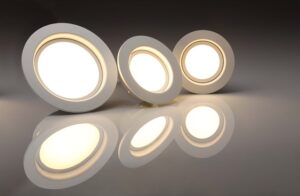
LEDs are primarily known for their ability to produce light in a narrow wavelength range, which restricts the available colors to those within that range.
Additionally, the process of creating different colors with LEDs often involves the use of phosphors or multiple colored diodes, leading to further limitations in color output.
Color Limitations Explained
Color limitations of LED technology can be explained through the interaction between the semiconductor materials used in LEDs and the energy levels required to emit specific wavelengths of light. LED lights produce different colors by utilizing different semiconductor materials that emit light at specific energy levels.
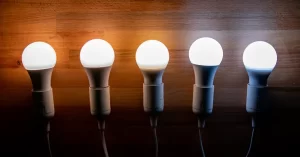
However, achieving accurate color rendering with LEDs can be challenging due to their limited ability to reproduce a wide range of colors accurately. While advancements have been made in improving color accuracy, some LED sources still struggle with accurately rendering certain colors, especially those with high color saturation or complex hues.
The color limitations are mainly attributed to the narrow spectral distribution of light emitted by LEDs, which affects their ability to faithfully represent all colors in a given scene.
LED Color Restrictions
LEDs face challenges in accurately reproducing a wide range of colors due to the narrow spectral distribution of emitted light, which affects their ability to faithfully represent all colors in a given scene.
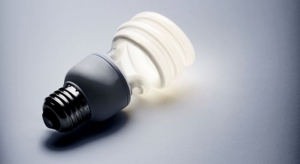
The color limitations of LEDs have been a significant concern for various applications, such as display technologies and lighting systems. However, advancements in LED technology have enabled improvements in color customization through RGB LED configurations.
RGB LEDs consist of red, green, and blue diodes that can be individually controlled to achieve a broader color gamut by mixing different intensities of these primary colors. These advancements allow for more precise control over color reproduction, enabling better representation of complex scenes.
Despite these improvements, issues related to heat production remain critical considerations when using LEDs.
Heat Production
Heat production is a significant concern when it comes to LEDs. Unlike traditional incandescent bulbs, which emit light through the heating of a filament, LEDs produce light through a process called electroluminescence. However, this doesn’t mean that LEDs don’t generate heat at all.
In fact, energy efficiency is one of the advantages of LED lighting since they convert most of their electricity into light rather than heat. Nevertheless, some heat is still produced during operation due to resistive losses in the electrical circuit and inefficiencies in the conversion process.
This heat can negatively impact the performance and lifespan of LEDs if not properly managed. Heat buildup can lead to reduced energy efficiency and premature degradation of the LED components, affecting their long lifespan. Therefore, efficient thermal management systems are crucial for maintaining optimal performance and extending the life expectancy of LED lighting products.
Sensitivity to Voltage Fluctuations
Voltage fluctuations can have a significant impact on the performance and stability of LED lighting systems. LEDs are highly sensitive to changes in voltage, and even small fluctuations can result in flickering or uneven illumination. Maintaining voltage stability is crucial to ensure optimal functioning of LED lighting systems.
These fluctuations can also affect the power consumption of LEDs. When the voltage supplied to an LED varies, it can cause variations in current flow through the diode, leading to increased power consumption and reduced efficiency. Therefore, it is important for LED lighting systems to be designed with appropriate voltage regulation mechanisms to minimize these issues.
Environmental Concerns
Environmental concerns surrounding LED lighting systems include the proper disposal and recycling of components to mitigate potential negative impacts on ecosystems and human health.
LED lights are known for their energy efficiency and long lifespan, which make them an attractive alternative to traditional lighting options. However, the manufacturing process of LEDs involves the use of materials such as heavy metals and toxic chemicals, which can be harmful if not handled properly during disposal. Additionally, improper disposal of LED lights can lead to the release of these hazardous substances into the environment, posing a risk to both wildlife and human populations.
Therefore, it is crucial to implement effective recycling programs that ensure the safe handling and disposal of LED components.
The limited dimming capabilities of LED lights will be discussed in the following section.
Limited Dimming Capabilities
The limited dimming capabilities of LED lighting systems can impact their flexibility and suitability for certain applications. LED dimming challenges arise due to the inherent nature of LED technology, which is primarily designed for full brightness operation. Unlike traditional incandescent or fluorescent lights, LEDs do not naturally respond well to conventional dimming methods such as phase control or voltage reduction.
The drawbacks of LED dimming include reduced dimming range, flickering issues, color shifting, and compatibility problems with existing dimmer switches. These limitations can restrict the desired level of lighting control in various settings such as theaters, restaurants, and residential spaces where adjustable illumination plays a crucial role.
To overcome these challenges, specialized LED-compatible dimmers or control systems are required to ensure smooth and reliable performance while achieving the desired lighting effects without compromising energy efficiency.
Frequently Asked Questions
Are There Any Health Risks Associated With Prolonged Exposure to LED Lights?
Prolonged exposure to LED lights may have health effects, including eye strain. Studies suggest that LED lights emit blue light, which can cause discomfort and visual disturbances, although further research is necessary to fully understand the potential risks.
Can LED Lights Be Used in Outdoor or Extreme Weather Conditions?
The durability of LED lights in outdoor or extreme weather conditions is a key consideration. Factors such as temperature fluctuations, moisture exposure, and physical impacts can affect their performance. Understanding these limitations is crucial for effective implementation.
Are LED Lights Compatible With Existing Lighting Fixtures and Systems?
Existing lighting compatibility is a crucial consideration when implementing LED lights. Retrofit options are available to ensure that LED lights can be used with existing lighting fixtures and systems, minimizing the need for extensive modifications.
How Long Do LED Lights Typically Last Before They Need to Be Replaced?
The longevity of LED lights can vary depending on various factors. These factors include the quality of the LED chip, the ambient temperature, and the operating conditions. Understanding these factors is crucial in determining when LED lights may need to be replaced.
Are There Any Safety Concerns With Disposing of LED Lights?
Disposal methods and the environmental impact of LED lights are important considerations. Proper disposal is necessary to prevent potential harm to the environment due to the presence of hazardous materials in LED lights.
Conclusion
In conclusion, LED lighting comes with several disadvantages that need to be considered.
The high initial cost may deter some consumers from adopting this technology.
Limited color options and dimming capabilities might restrict the aesthetic choices available.
Heat production and sensitivity to voltage fluctuations can affect the lifespan and performance of LEDs.
Furthermore, environmental concerns arise due to the presence of toxic materials in LED bulbs.
Overall, while LEDs offer energy efficiency and long-lasting performance, they have their limitations like any other technology, akin to a beautiful garden with both blooming flowers and hidden thorns.
